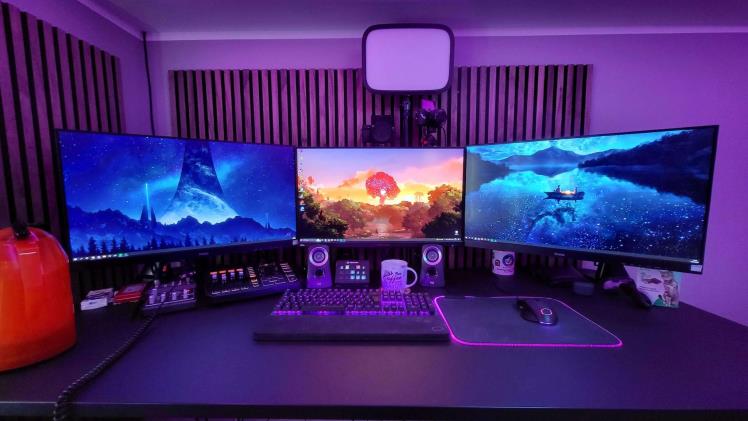For gamers looking to delve into game design, understanding the tools of the trade is crucial. In today’s gaming world, one cannot overlook the role of generative AI in gaming, which is reshaping game development. This technology not only enhances creativity and efficiency but also introduces unprecedented capabilities in personalized content creation, making it an indispensable part of the modern game designer’s toolkit. Understanding these tools opens up new avenues for innovation, allowing aspiring designers to push the boundaries of traditional game development and explore new, uncharted territories of interactive entertainment.
Game Engines: The Foundation of Game Design
Game engines are the backbone of game development. They provide a framework for building and running games. Two of the most popular game engines are Unity and Unreal Engine. Unity is known for its user-friendly interface and flexibility, making it a great choice for beginners. With its advanced graphics and physics, Unreal Engine is ideal for creating more visually stunning games.
These engines come with built-in graphics, sound, and physics tools, simplifying many game design aspects. They also support multiple platforms, allowing designers to create games that can be played on PCs, consoles, and mobile devices. Learning to use a game engine is a fundamental step for any aspiring game designer.
Graphics and Animation Software
Graphics and animation play a significant role in game design. Software like Adobe Photoshop and Blender are essential for creating game visuals. Photoshop is widely used for creating and editing textures and 2D assets, while Blender is excellent for 3D modeling and animation.
Understanding these tools is crucial for bringing a game’s visual elements to life. They allow designers to create everything from simple characters to complex landscapes, contributing to the overall aesthetic and feel of the game.
Sound Design Tools
Sound is an integral part of game design, enhancing the gaming experience. Tools like Audacity and FMOD are commonly used for sound editing and integration. Audacity is great for basic sound editing tasks like trimming and effects, while FMOD provides more advanced features for integrating sound into games.
These tools help designers create immersive audio environments that can elevate the gameplay experience. Good sound design is key to engaging players, whether it’s background music, character voices, or sound effects.
Scripting and Programming Languages
Understanding scripting and programming languages is essential for game design. Languages like C# (for Unity) and C++ (for Unreal Engine) are commonly used in the industry. These languages allow designers to script gameplay mechanics, interactions, and other game functions.
Learning these languages can seem daunting, but they offer greater control over the game design process. Many resources are available online for learning game programming, making it accessible for beginners, to start.
Leveraging Generative AI in Gaming
Generative AI in gaming is a newer tool that’s gaining attention. It can be used for various tasks, such as creating game assets, level design, or even generating complex game scenarios. This technology can save time and inspire creative designs that might not have been possible otherwise.
Generative AI can be a game-changer, especially for smaller teams or individual developers, as it can automate some of the more tedious aspects of game design. Understanding how to use generative AI effectively can give aspiring game designers a significant advantage.
Adobe says, “Today, nearly every video game contains some form of AI to simulate reality and create more realistic non-player characters (NPCs). In the next few years, AI for game programming could do a lot of the heavy lifting of world creation. Game AI might even play a role in developing characters and narratives.”
For gamers interested in game design, mastering these essential tools is crucial. Each tool offers unique capabilities to bring game ideas to life, from game engines to programming languages and the innovative use of generative AI in gaming. As technology advances, these tools will continue to evolve, offering even more possibilities for creative and exciting game design.

